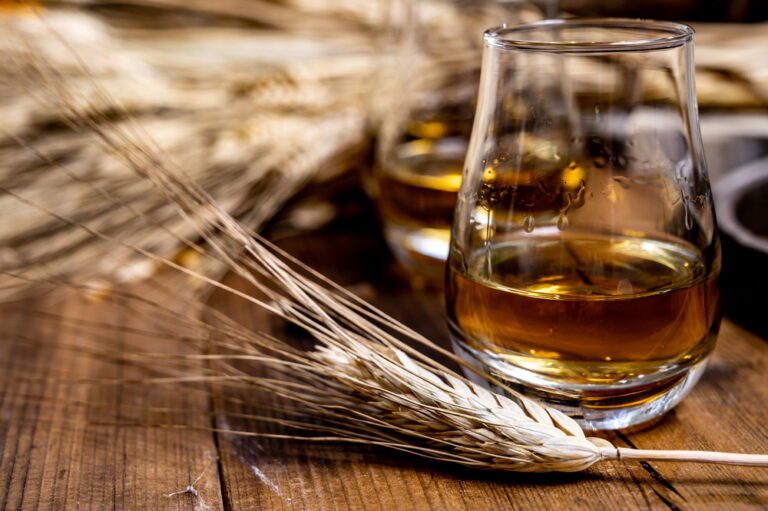At the beginning of the 20th century, America was undergoing Progressive Era reforms aimed at curbing excessive industrialization. One landmark was the Pure Food and Drug Act of 1906, which was hailed as a victory for consumer safety. It banned the use of toxic ingredients in food and drink, required accurate labeling, and cracked down on counterfeit products. But when it came to whisky, was it really about protecting the public from deadly adulterants? Or was it a classic case of dirty politics, where special interests use government power to the detriment of their competitors?
Economists have long debated the origins of regulation through two lenses: public interest theory and public choice theory. Public interest theory holds that regulation is a noble response to market failures, such as asymmetric information, where consumers lack the expertise to discover hidden dangers. Public choice theory, pioneered by scholars like James Buchanan and Gordon Tulloch, flips the script. Regulation often emerges from rent-seeking, where powerful industry groups lobby for rules that increase profits at the expense of consumers or competitors. Rent-seeking is often most successful when there is at least a public interest concern that strengthens the argument for regulation among those trying to shape it.
My recent paper in Public Choice , co-authored with Macy Scheck, “Examining the Public Interest Rationale for the Pure Food and Drug Act’s Regulation of Whiskey,” examines cases in which historical evidence leans heavily toward the explanation provided by public choice theory. Straight whiskey distillers, who age spirits in barrels for flavor, pushed for regulations targeting “rectifiers,” which flavor neutral spirits to more cheaply imitate aged whisky. Rectifiers were accused of lacing their products with poisons such as arsenic, strychnine, and wood alcohol. If true, this regulation was a lifesaver. But was it?
Whiskey consumption skyrocketed in the decades leading up to 1906 without federal oversight. Rectified whiskey sales are estimated at 50-90% of the market. From 1886 to 1913, U.S. consumption of distilled spirits (mainly whiskey) rose steadily, declining only during the Depression of 1893-1897. If rectifiers were routinely poisoning customers, you would expect the market to collapse as word spread. This is an example of Akerlof’s “lemon market” in action. No such collapse occurred.
The same thing can be seen in chemical experiments from that time. A comprehensive search of historical newspapers uncovered 25 tests of whiskey samples between 1850 and 1906. Toxic substances were rarely detected. Some surprising results have come from dubious sources, such as temperance activists. One chemist, Prohibitionist lecturer Hiram Cox, claimed to have discovered the abundance of strychnine and arsenic, but contemporaries exposed his methods as sloppy and biased.
In rectifier trade books with recipes, you will find even less evil. These manuals are aimed at professionals who blend spirits and have little to no mention of poisons. When poisons actually appeared, their use was carried out in accordance with the scientific and medical knowledge of the time. Many recipe creators specifically avoided known toxins, pointing out that it was more profitable to keep customers alive and keep them coming back.
I looked into recipe books for home medicine and food. We’ve discovered that the few dangerous substances found in whiskey recipes are often recommended in home medicine recipes for everything from toothaches to blood disorders. This suggests that people, including regulators, were unaware of the dangers at the time.
Strychnine was found in niche underground markets where a small number of thrill-seekers sought its amphetamine-like buzz, or in prohibition states where bootleggers had no viable alternatives. But rectifiers avoided it. It was expensive and bitter.
What about reported deaths and poisonings? That’s our last piece of evidence. Newspapers at the time favored sensational stories such as murders and suicides. However, a keyword search for whiskey-related fatalities between 1850 and 1906 yielded little information other than intentional acts or bootlegging incidents. Wooden alcohol, which was not listed in the recipe, caused the most problems, but there were also individual cases, such as the 1900 New York saloon debacle in which 22 people died due to labeling errors.
Overall, adulterated whiskey was not a serious safety concern.
Harvey Wiley, a USDA chemist who defended the Pure Food and Drug Act, acknowledged under questioning that the modified ingredients were not inherently harmful, just not “natural.” What is his real motive? Rectified whiskey was a cheaper competitor to straight whisky. Mr. Wiley’s letters, unearthed by historians Jack High and Clayton Coppin, show that heterosexual distillers lobbied hard for market share and framed regulation as a moral movement. President Taft’s 1909 compromise allowed the label “blended whiskey,” but reserved “straight” for premium aged varieties, a victory for the incumbent.
What about the lesson? Regulation is rarely a product of pure altruism. As Bruce Yandle’s “bootleggers and baptists” model explains, moralists (prohibitionists who decry poison) team up with profiteers (straight distillers who want barriers to entry) to pass laws that sound noble but serve narrow interests. While the Pure Food and Drug Act may have curbed some actual abuses in other areas, in the case of whisky, it was more focused on protecting producers than consumers. Cheers? Not deleted.
Daniel J. Smith is Director of the Institute of Political Economy and Professor of Economics in the Jones College of Business at Middle Tennessee State University. Dan is the North American co-editor of The Review of Austrian Economy and a senior fellow in fiscal and regulatory policy at the Tennessee Beacon Center.


